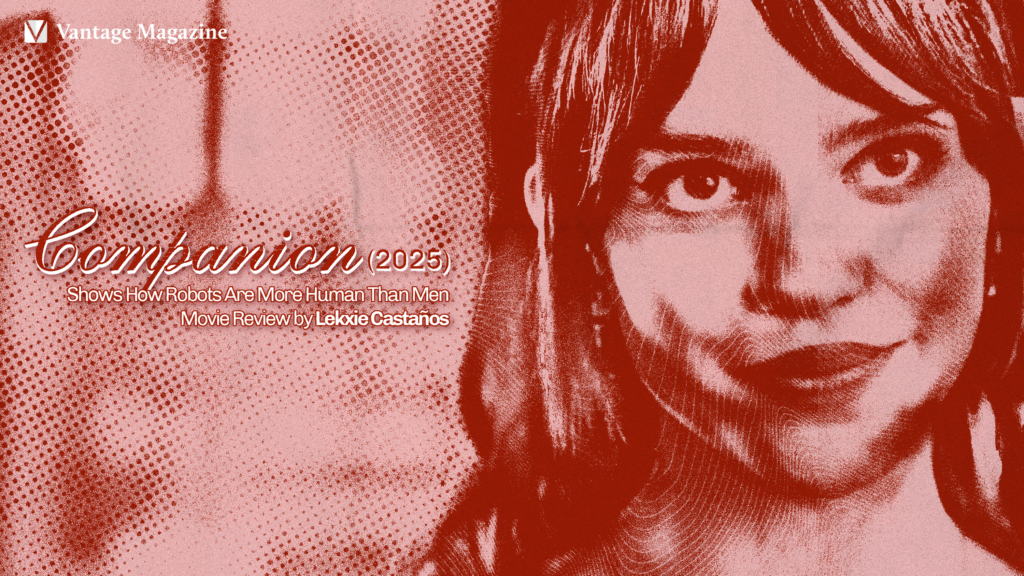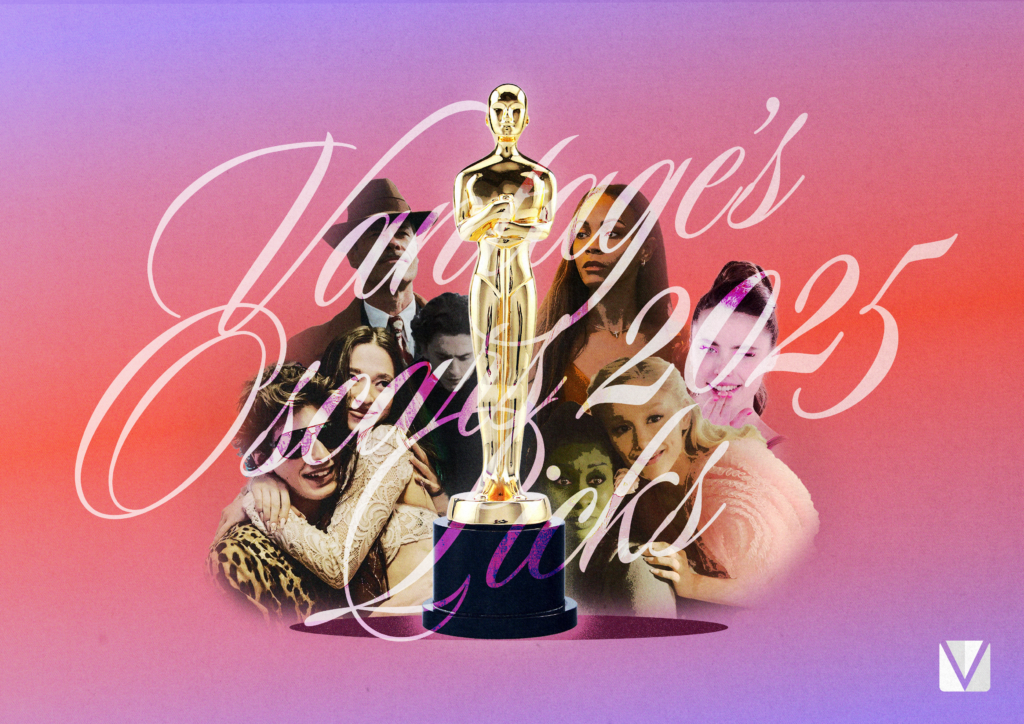EDITOR’S NOTE: This analysis of Crazy Rich Asians contains spoilers about the film and some aspects of the book it was adapted from.
Hollywood’s glittering success, Crazy Rich Asians (2018) directed by Jon M. Chu, has got critics and audiences raving. It’s being hailed as a charming modern-day Cinderella tale—a romantic comedy that brings a whole new meaning of extravagance and glamour to the big screen.
Crazy Rich Asians is an adaptation of Kevin Kwan’s titular novel, depicting Rachel Chu as an American economics professor of Chinese descent, living life in New York. She and her boyfriend, Nick Young (Henry Golding), are gearing up to meet his extended family in Singapore to attend Nick’s best friend’s wedding. Little does she know, however, that Nick’s family is actually one of Singapore’s finest. Chaos ensues as she finds herself struggling to make a stand in a world that is quite foreign from her own.
The groundbreaking film comes 25 years after the last all-Asian cast hit Hollywood in 1993, when Director Wayne Wang’s The Joy Luck Club came out and garnered widespread critical acclaim for its presentation and emotional gravity. It tells the story of four Chinese women who meet over games of mahjong and bond over the struggles of their youth. They do this in the midst of experiencing cultural clashes with their American-raised daughters. While rich in tradition and strongly grounded in both Chinese and American culture, the film simply lacked the hype and spotlight that the contemporary Crazy Rich Asians received.
In a world that is clamoring for more and more diversity and representation, Crazy Rich Asians is all the more important. Its vibrant portrayal of the Asian community, as well as its emphasis on the differences between Western and Eastern Asian culture, have both hit home for Asians across the world. The rom-com’s achievement has left a large footprint on both Hollywood and the international Asian community, with much more to be sought after.
A great divide
One of the most eye-catching aspects of the film is the overwhelming flamboyance of it all. Flashy and expensive clothing, million-dollar jewelry, and the sheer grandeur of the characters’ lifestyles leave audiences gaping at an upscale world that seems far from reach. It is so far that the audience, in some sense, becomes like Rachel—staring wide-eyed and dazed at the excessive wealth displayed in front of us.
However, this isn’t just a fairytale. There are real crazy rich Asians in the world who live extravagant lives. Kwan, himself, admitted that the characters in the book loosely mirror people he has encountered in real life. In fact, it was his experiences with old-money socialites (i.e. affluent families with well-established wealth) in Singapore that inspired him to write the satirical piece that was Crazy Rich Asians.
It’s pretty evident in the film’s depiction of the elite that there exists a socio-economic gap between the rich, the richer, and the richest. We see this when we enter the grand estate of Rachel’s college best friend, Peik Lin (Awkwafina), and immediately encounter a lavish home embellished with gold and chandeliers. Yet, this already exorbitant home pales in comparison to Nick’s sprawling mansion, which is even larger and more outrageous. A conversation with Oliver T’sien (Nico Santos), Nick’s second cousin, reveals that a rigid hierarchy exists, even for those among the rich and famous.
This leaves one to think: Where does Rachel fall in the struggle for social standing? Not only is she from a lower middle-class family, but she is also American-raised. It soon becomes apparent that class and cultural identity are the determining factors of Rachel’s fate in the Young family. To the Singaporean socialites, she will always be a “banana”—yellow on the outside, but white on the inside.
The third culture
This clash in identity is a touchy topic that a handful of Asian-Americans can no doubt relate to. Many third-culture kids have felt the confusing role of being born into one culture and being raised in another, all the while having to prove your authenticity to both sides. For both cultures, you’re never enough. You’ll always be too “Asian,” or too “American,” depending on where you are. There arises a difficulty in assimilating both cultures while trying to develop your own individual sense of self.
This struggle goes hand-in-hand with the conflict between tradition and modernity. We see that the matriarch of the film, Eleanor Young (Michelle Yeoh), personifies all that is tradition and custom, while Rachel is the image of new and modern. Her introduction to the Young family signifies a change, a new force, which leads to an obvious clash between the old and the new.
Asians that reside in foreign lands feel this conflict on a deeper level. Growing up under conservative Asian parents means following tradition—carrying generations of skills, beliefs, and practices. While it’s important to preserve one’s culture, it becomes especially difficult to do so when the modern age constantly introduces new technology, experiences, and lifestyles.
Familial roots
Yet in all the differences and conflict that the film portrays, there lies one common similarity: family. It is the home upon which belonging and rootedness thrive. It’s what drove Eleanor to succeed in life and build her empire, what keeps Rachel so grounded when she loses it all, and ultimately what holds the characters together.
It comes as no surprise that family is a significant factor in the film’s plot. After all, Asians are arguably more family-oriented and collectivist than Western cultures, which lean more towards an individualistic way of life. This attachment and devotion towards each other has made the bond in Asian families strong, and has helped foster the values of filial piety and loyalty.
Through it all, Crazy Rich Asians was able to portray these various themes and conflicts with stark accuracy. The film’s emphasis on the push and pull aspect of defining one’s cultural identity, as well as the unifying factor of family, definitely offered audiences a more meaningful movie-watching experience. Amidst the laughs and cries, there was a message to be delivered, and Crazy Rich Asians delivered it well.
Moving mountains
Following the box office explosion that was Black Panther (2018), Hollywood and the general public have been hot on the heels for films that incorporate representation and diversity. So far, Crazy Rich Asians has done just that by employing actors of Chinese, Malaysian, Korean, and Japanese descent.
This mix of ethnicities makes the film all the more significant in a world as divided as ours. Even if moviegoers can’t directly relate to the Asian culture, they are at least exposed to it, which is a huge step in itself considering that it’s a Hollywood film. We rarely see an Asian film, let alone a romantic comedy, that doesn’t have to do with martial arts or being the “smart kid” in the class.
There’s something about seeing an individual akin to yourself on-screen that resonates with many Asians who have watched the film. From years of being underrepresented and white-washed in film roles, Asians have finally been able to take the lead. This representation for the Asian community allows people from all walks of life to see that the minority is not alone. There are Asians who can and will be accomplished in a world that shuts them out, and the film’s own success inadvertently paves the way for more films to follow in its footsteps.
Whatever the season, you can expect Crazy Rich Asians to bring a crazy rich experience. It’s a smart, fun, and incredibly complex film that tackles the struggles of realizing one’s cultural identity, while serving as a milestone for Asians everywhere. With the first all-Asian cast in 25 years, the film has cemented its place in Hollywood and will continue to serve as an example of success for Asians in the years to come.
Photo grabbed from the Entertainment Weekly website






